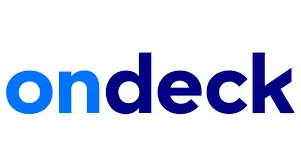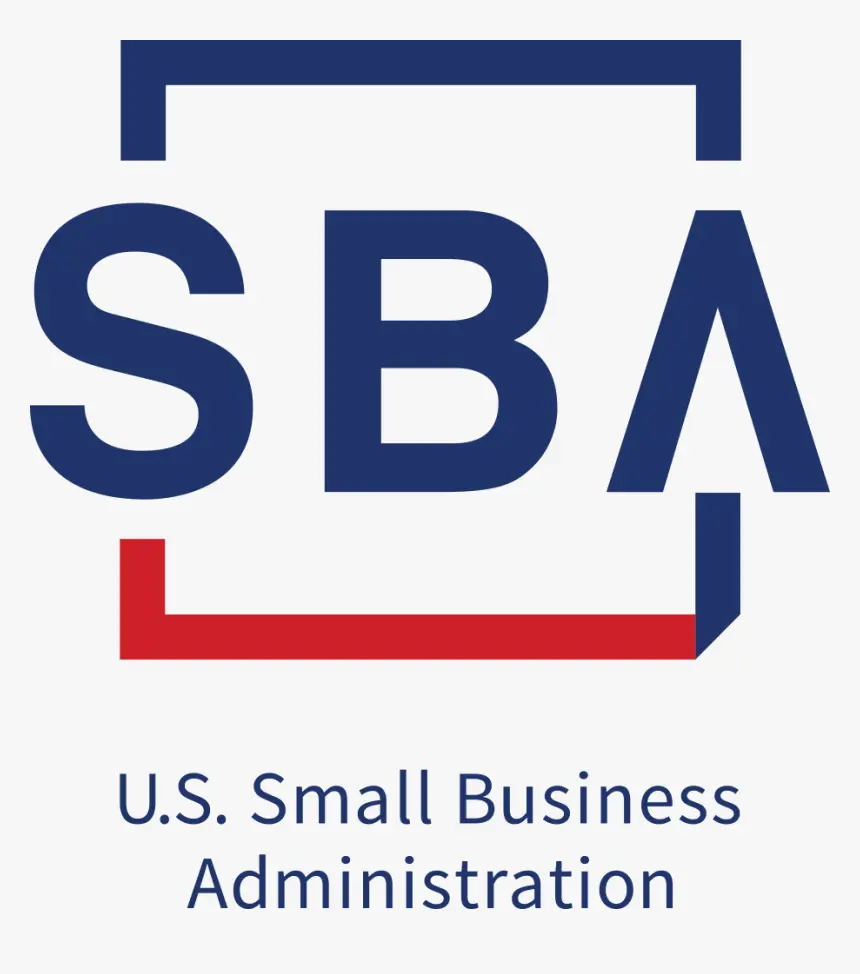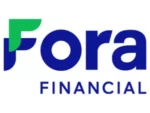If you receive multiple working capital loan offers, consider the following factors when picking the loan that best fits your needs:
Interest rate: Working capital loan rates can vary depending on the loan type and lender. Factor rates are also frequently involved, which can make your interest payments higher.
Additional fees: Some working capital lenders add origination and late fees, as well as prepayment penalties. These additional fees can significantly increase the loan’s overall cost.
Repayment term: Your repayments may start immediately and have very short terms. To reduce the risk of default, make sure you can afford to repay the debt by the scheduled date(s).
Loan amounts: While you want the approved amount to cover your necessary expenses, it’s important to avoid borrowing more than you need, as that can be unnecessarily expensive.
Time to fund: How soon you need funds can determine which working capital business loan is best for you. For urgent needs, consider fast working capital loans or same-day business loans. If you can wait, you’ll likely get better rates and terms with an SBA or traditional bank loan.
Lender support: Some lenders offer free business support and coaching as part of the loan process.
Our in-depth catalog of small business lender reviews is a great way to compare business loan options before signing on the dotted line.











